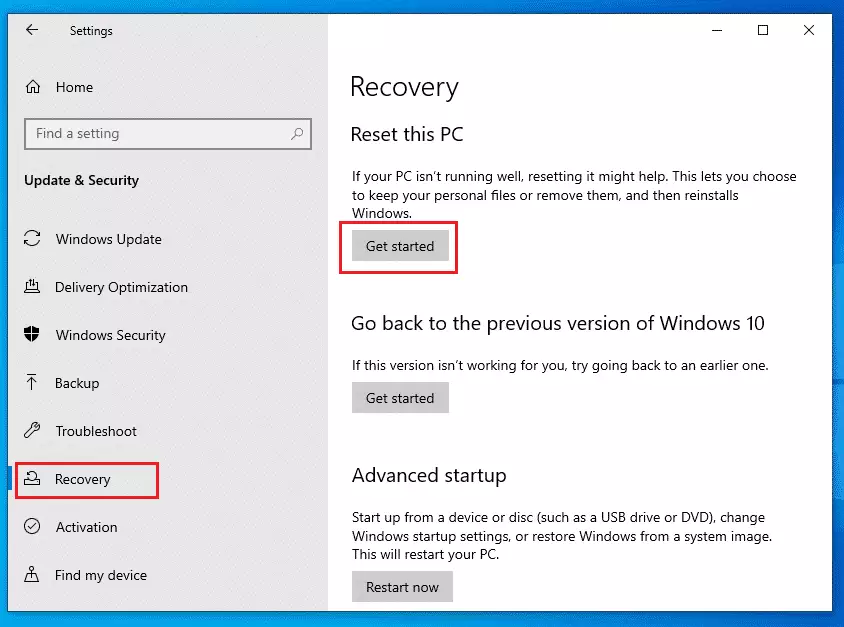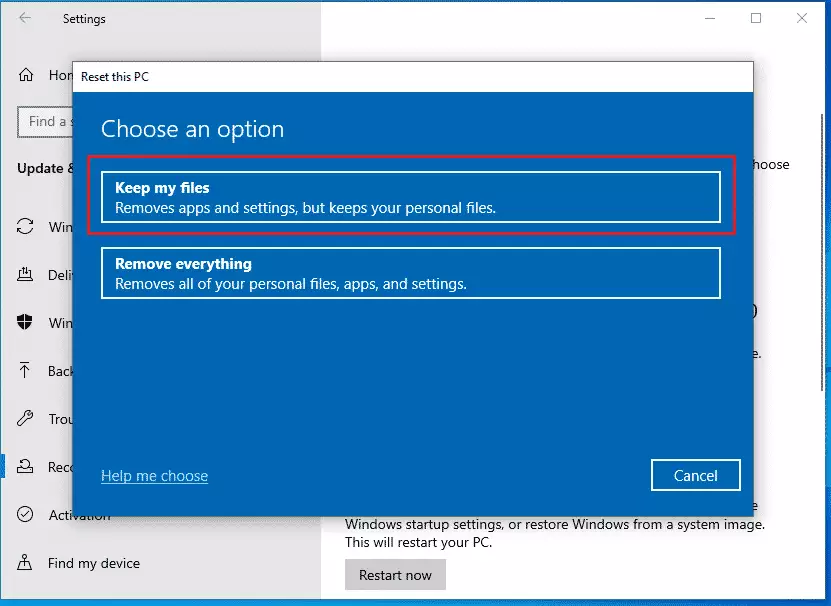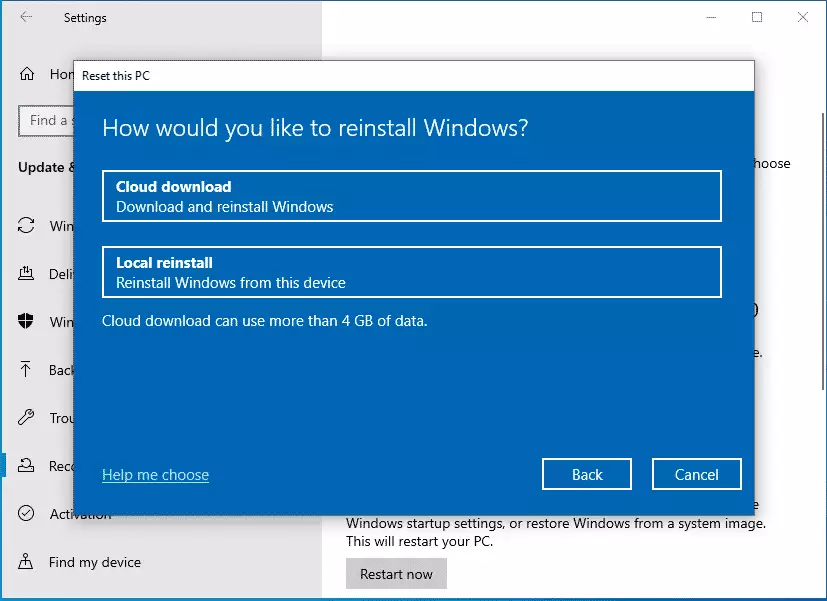This brief tutorial shows students and new users how to reset Windows 10 without losing their files.
When you find your computer running slow or infected with malware and other viruses and want to start fresh without losing your files, you can reset Windows 10 to recover your computer without losing your data.
This option to reset will take your computer back to a state similar to when you turned it on for the first time. This will remove programs that didn’t come with your computer and some personal profile data, but not your documents and folders stored on the \User folder.
Also, data stored in other folders and drives will be preserved.
Resetting your computer is less impactful than the clean install option, though it will require sufficient disk space.
When you’re ready to reset your Windows 10 computer, follow the steps below:
Reset or Reinstall Windows 10
Three options allow you to reset your PC. Remember, you’ll want to choose to reset your computer without losing your data.
Option 1
- Go to the Control Panel, open the Recovery settings, or select Start > Settings > Update & Security > Recovery.
- Under Reset, this PC, select Get started.
Option 2
- Restart your PC to get to the sign-in screen, then press and hold down the Shift key while you select the Power icon > Restart in the lower-right corner of the screen.
- After your computer restarts, select Troubleshoot > Reset this PC.
Option 3
- Select Start, then press and hold down the Shift key while you select the Power icon > Restart to restart your computer into Recovery Mode.
- After your computer restarts, select Troubleshoot > Reset this PC.
Either of the three options above will work for you.

Next, please choose the option to reset but keep my file. This will remove apps and settings but keep your files and folders from the first time you started your computer.

Next, choose Cloud Download to download and reinstall Windows.

This will require that you’re connected to the Internet and that your computer has enough free space.
You’ll receive a notification if your PC has insufficient space to reset Windows 10. In this scenario, free up additional space or use the steps in the next section to reinstall Windows 10.
After resetting Windows 10, your computer should restart multiple times. When done, you can log in like the first time you bought your PC.
That’s it!
Conclusion:
- Resetting Windows 10 can help resolve performance issues and remove malware while preserving your personal data.
- The process can be initiated through the Control Panel, sign-in screen, or Recovery Mode.
- Choose the option to keep your files during the reset to ensure your documents and folders remain intact.
- A stable internet connection is required if opting for the Cloud Download reset option.
- After the reset process, your computer will restart multiple times, and you’ll be able to log in as if it were the first time.
- Regularly backing up your files is recommended to prevent data loss in any situation.

Leave a Reply